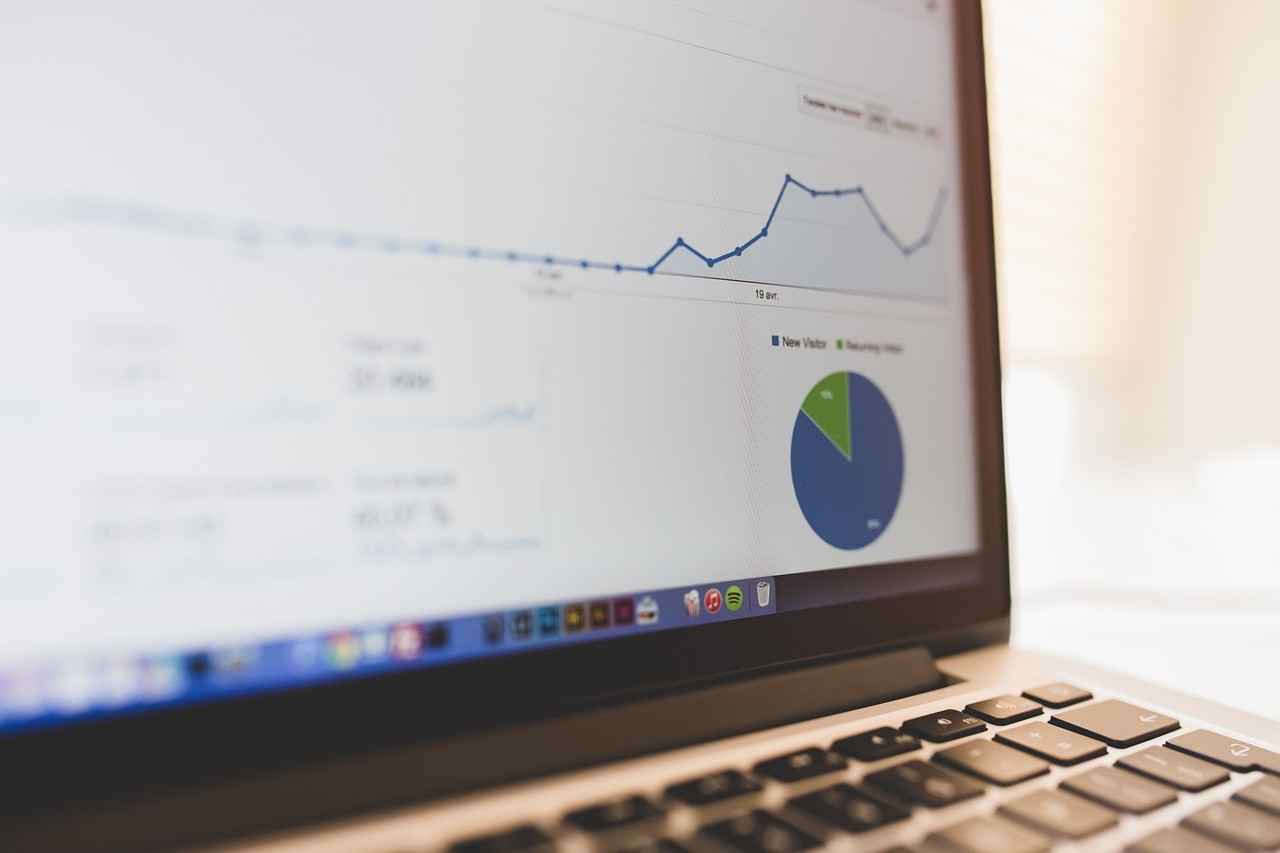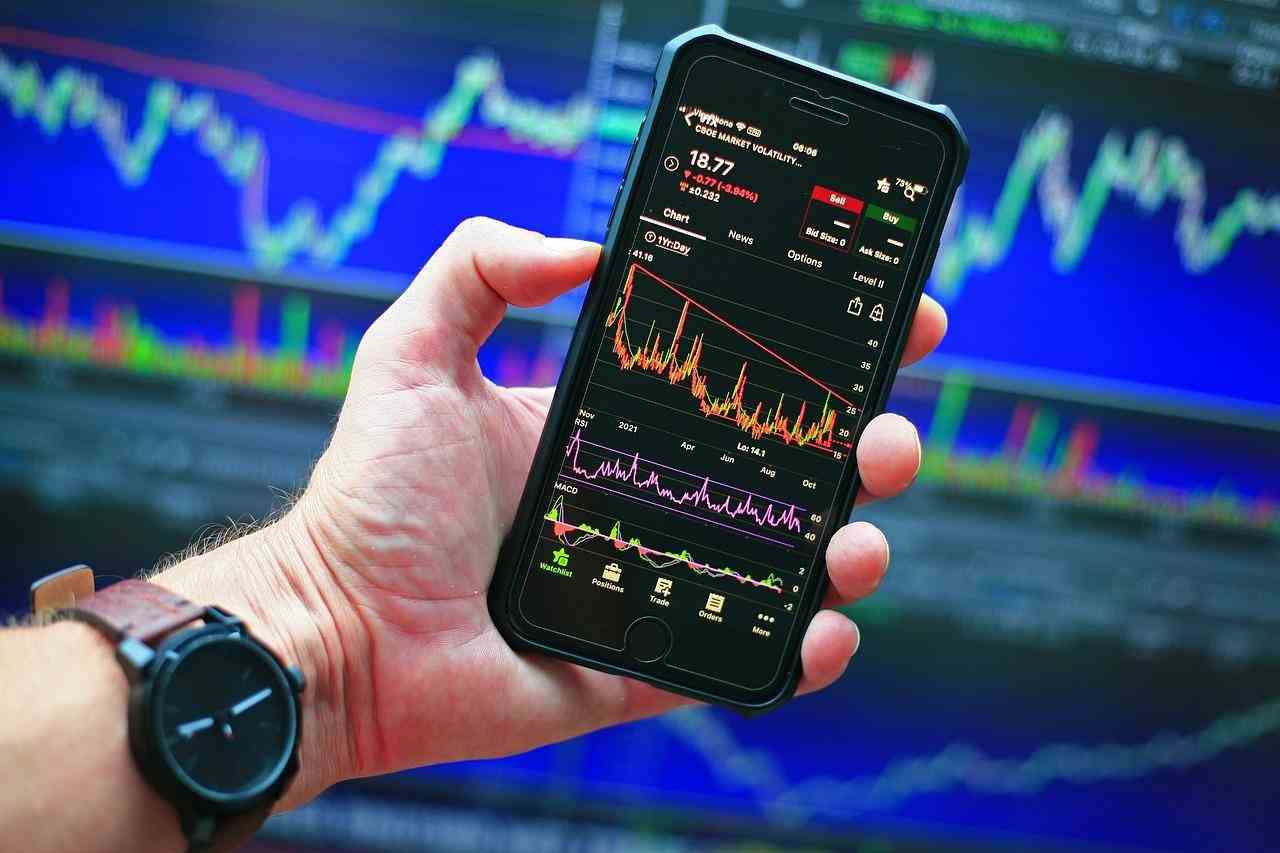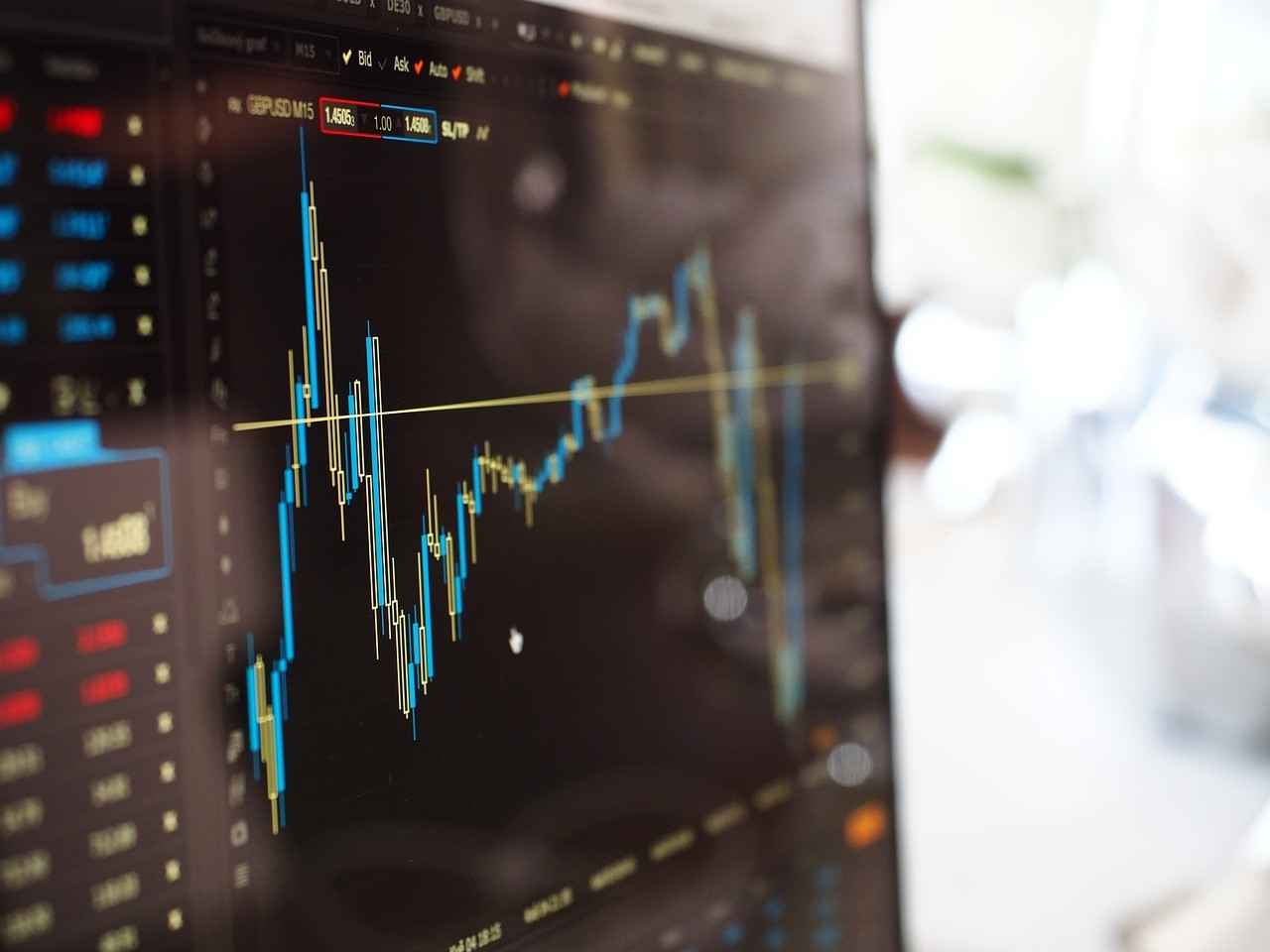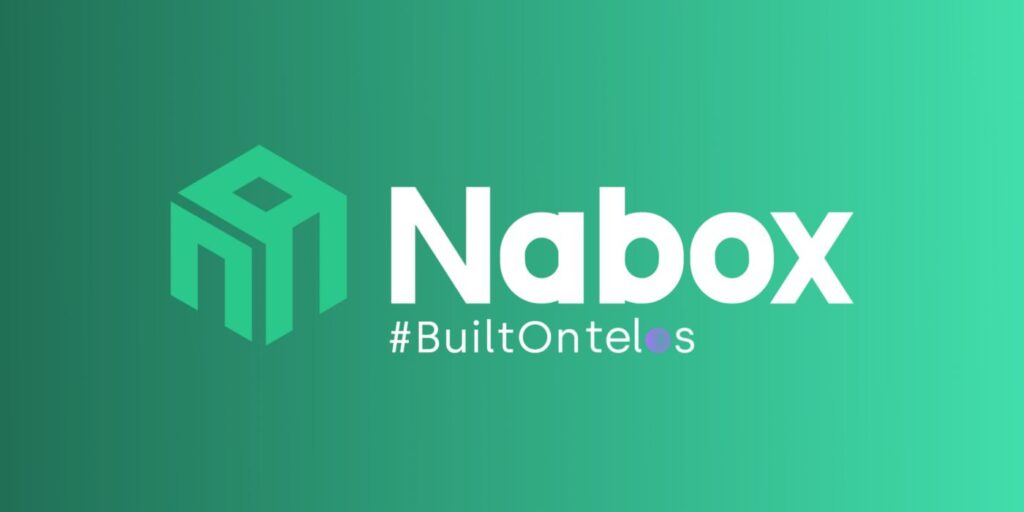What Are DMA CFDs? Basics, Works, Risk and FAQs
Just when you thought the world of investment couldn’t get any more complex, along comes DMA CFDs! You’re probably wondering what these acronyms even mean. Direct Market Access (DMA) Contracts for Difference (CFDs) are financial instruments that allow you to speculate on the rising or falling prices of fast-moving global financial markets.
It’s a world where you can gain exposure to shares or other assets without actually owning them.
Sound intriguing? There’s a whole lot more to unpack, and it’s certainly worth your while to grasp the concept and its potential benefits for your investment strategy. This exploration might also lead you to consider the role of prop trading in the broader context of financial markets.

Understanding DMA CFDs Basics
Let’s dive right into the basics of DMA CFDs, understanding how they function and why they’re an essential tool for many traders.
DMA CFDs, standing for Direct Market Access Contracts for Difference, originated in the late 1990s. They brought a revolutionary change to the market, allowing traders to speculate on price movements without owning the underlying asset.
Understanding CFD pricing isn’t as perplexing as you might think. It’s mainly influenced by the market price of the underlying asset and the time left to the contract’s expiration. The beauty of DMA CFDs is the transparency – you’re dealing with real market data, not a broker’s price.
To make it simpler, consider DMA CFDs as a mirror reflecting the actual market conditions. When you trade DMA CFDs, you’re essentially participating in the real market, but with the flexibility of trading on margin. It gives you a competitive edge, allowing you to capitalize on short-term price fluctuations.

How DMA CFDs Work
Now that you’ve grasped the basics of DMA CFDs, it’s high time we demystify how they work. Differentiating DMA CFDs from regular CFDs is key. DMA CFDs allow you to trade directly with liquidity providers, bypassing the usual market maker. This gives you real-time pricing and high transparency.
Implementing DMA CFD involves a three-step process. Firstly, you need to open a CFD trading account. Next, you choose the DMA CFD market you wish to trade. Lastly, you place your trade directly into the underlying market.
Let’s break down the process in the table below:
| Step | Action | Outcome |
| 1 | Open CFD account | Access to DMA CFDs |
| 2 | Choose DMA CFD market | Decide what to trade |
| 3 | Place trade | Direct entry into market |
Advantages of DMA CFDs
With DMA CFDs, you’ll enjoy several distinct advantages over traditional CFDs, including greater transparency and direct market access. These features can significantly enhance your trading experience and potentially increase your profitability.
The first major advantage is the transparency. You can see the actual market depth and all the buy and sell orders in the order book. This allows you to make more informed decisions, directly affecting your DMA CFDs profitability.
Direct market access is another significant advantage. You’re not dealing with a broker’s dealing desk, but directly with the market. This eliminates the middleman and potentially reduces your trading costs.
- Transparency:You see the market depth and all buy and sell orders.
- Direct Market Access:You’re dealing directly with the market, reducing potential costs.
- Tax implications:DMA CFDs offer potential tax benefits, such as being able to offset losses against future profits.
These benefits, combined with the potential tax implications, make DMA CFDs a compelling choice for many traders. Remember, however, that CFDs are complex financial instruments and come with a high risk of losing money rapidly due to leverage. Always trade wisely and understand the risks involved.
Potential Risks in DMA CFDs
Despite the many benefits of DMA CFDs, it’s crucial to be aware of the potential risks you might encounter in this type of trading. The most significant risk is the potential for financial loss. DMA CFD, like all forms of trading, involve a degree of risk. Prices can fluctuate rapidly, and you could end up losing more than your initial investment.
Furthermore, it’s essential to understand the impact of leverage. While it can amplify your gains, it can also magnify your losses. It’s like a double-edged sword, which means you need to handle it with caution.
So how can you mitigate these risks? Implementing risk mitigation strategies and loss prevention measures is key. These may include setting stop losses to limit your potential losses and diversifying your portfolio to spread the risk. Additionally, staying informed about market trends and changes can help you make better trading decisions.
Lastly, remember that DMA CFD aren’t suitable for everyone. They require a high level of understanding of financial markets. Therefore, you should only engage in DMA CFD trading if you’re comfortable with the risks involved and have the necessary knowledge and experience.

Choosing a DMA CFD Provider
Selecting the right DMA CFD provider is a crucial step in your trading journey, affecting both your experience and potential profitability. It’s not a decision you should take lightly, as the provider you choose can directly impact your trading outcomes.
When choosing a provider, consider the following factors:
- Provider reliability: You want a provider with a proven track record in DMA CFD trading. They should be regulated by a reputable financial authority and have positive reviews from other traders.
- Trading platforms: The platform should be user-friendly and offer all the essential tools needed for effective trading. It should also provide real-time data, technical analysis tools, and excellent customer support.
- Costs and fees: Understanding the cost structure is vital. This includes the spread, commission, and any other fees that might be applicable.
Also Read: Understanding Cryptocurrency Exchange Matching Engine
Frequently Asked Questions
What Is the Typical Fee Structure for Trading DMA Cfds?
When trading, it’s crucial to understand brokerage charges. The typical fee structure for DMA CFD often involves commission and spread costs. Employing fee negotiation strategies can help you reduce these charges and maximize your returns.
Are There Specific Software Requirements for Trading DMA Cfds?
Yes, there are specific software requirements for trading DMA CFDs. You’ll need a platform with certain features and software compatibility to ensure smooth operations. It’s crucial to check this before you start trading.
How Does Trading DMA CFDs Impact the Tax Liabilities?
Trading DMA CFDs can affect your tax liabilities. It’s important to compare tax implications and consider international tax considerations. Remember, tax laws differ per country, so it’s best to consult with a tax professional.
Can I Use DMA CFDs as a Long-Term Investment Strategy?
Yes, you can use DMA CFDs as a long-term investment strategy. They’re effective for risk management and portfolio diversification. However, you must understand the complexities and potential risks involved in CFD trading.
Is There a Minimum Investment Amount Required to Start Trading DMA Cfds?
Yes, there’s a minimum investment amount for trading DMA CFDs. It’s determined by margin requirements and order execution costs. It’s vital you’re aware of these before starting your trading journey to avoid potential pitfalls.
Conclusion
So, now you’ve got a handle on DMA CFDs. They offer direct market access, giving you more control and transparency.
But remember, they’re not without risks. It’s crucial to choose the right provider and do your homework before diving in.
It’s all about balancing the potential rewards with the risks.
So, are you ready to make your move in the world of DMA CFDs?
Also Read: What Is Cryptocurrency Dark Pool? – Risks and Benefits
